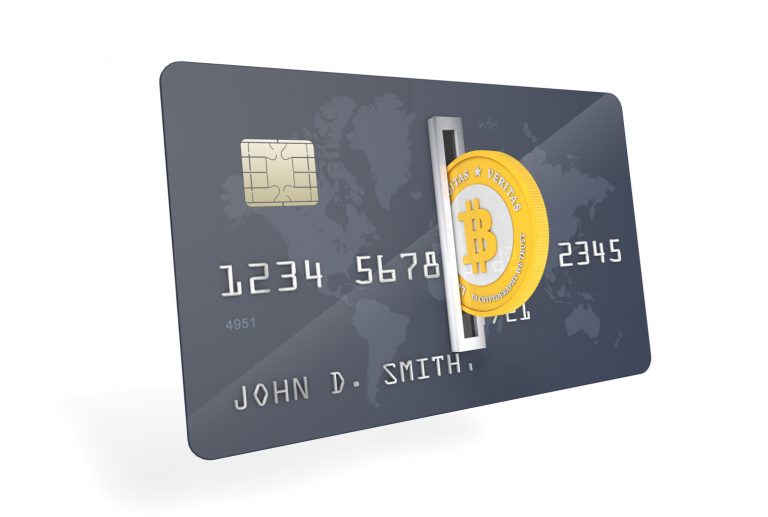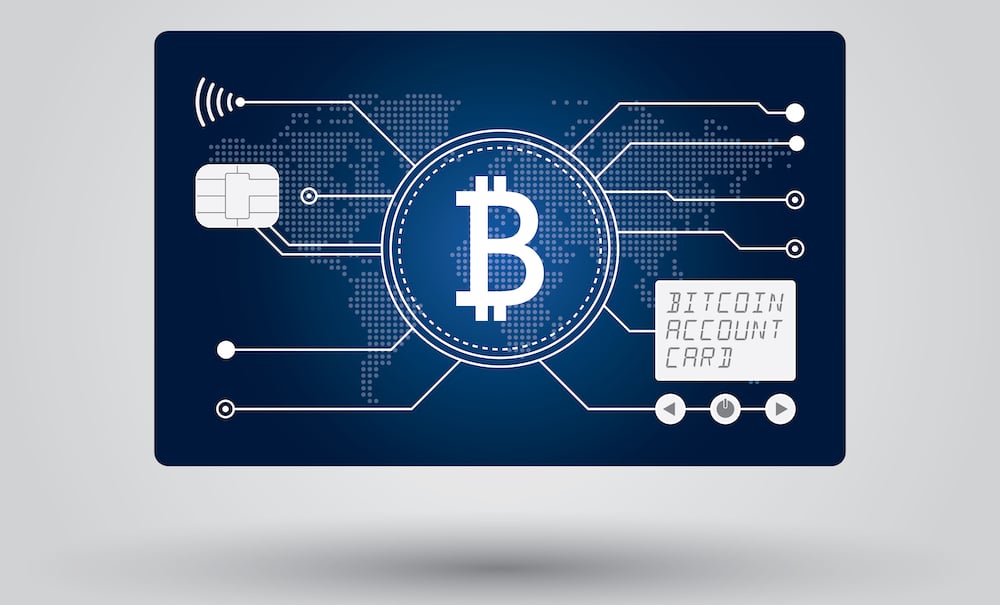
They might not be shouting it from the rooftops, but fiat payment gateways are no longer the enemy of bitcoin. Hostilities have ceased, the bad blood has been let, and today the fiat and crypto worlds are bridged and doing business. Despite the two systems sporting opposing aims and architecture, many centralized payment processors have learned to live with decentralized currency.
Also read: How Fiat Money Fails: Deconstructing the Government’s Paper-Thin Promise
From Enemies to Frenemies
In the early days of Bitcoin, traditional fiat payment systems were an unwitting friend of cryptocurrency. Paypal was the on-ramp for the first bitcoin exchange, bitcoinmarket.com, though it was a short-lived affair. Cold feet on the part of fiat payment systems, once they caught wind of exactly what bitcoin was, saw crypto payments banned altogether, but in the years since, the tide has turned. Today, centralized and decentralized payment systems are more closely aligned than ever.

It would be stretching the truth to claim that the overlords of traditional finance are enamored with crypto, but they have at the very least turned a blind eye to the practice of cashing in and out of crypto using fiat gateways. For most bitcoiners, begrudging acceptance from centralized systems is good enough. Some payment solutions have gone further though, extending a warm embrace to crypto assets, as the following examples show.
Skrill
Founded in 2001 as Moneybookers Limited, then rebranded a decade later as Skrill, it took the online payment platform a further seven years before it started allowing users to buy and sell cryptocurrency, in the summer of 2018. CEO Lorenzo Pellegrino gushed about crypto when the announcement was made, venturing that cryptocurrency trading was “exciting and dynamic” and that Skrill’s digital wallet service lent



